
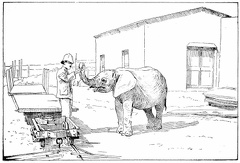 Elephant employed to build a railway in Africa
Elephant employed to build a railway in Africa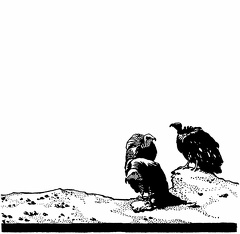 Vultures
Vultures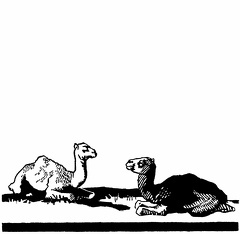 Two Camels
Two Camels Sahara scene
Sahara scene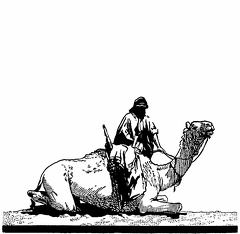 Seated Camel
Seated Camel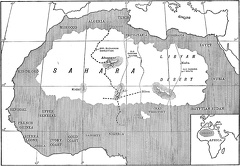 Map of Sahara Desert
Map of Sahara Desert Rock disintegration in the Sahara
Rock disintegration in the Sahara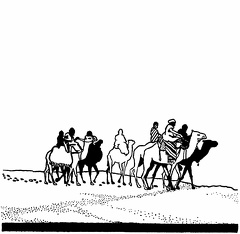 Group of camels and riders
Group of camels and riders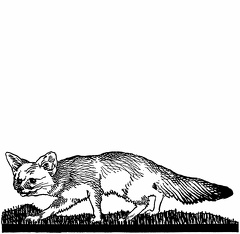 Fox
Fox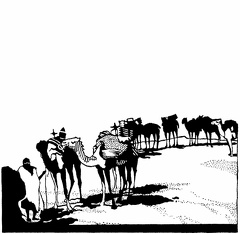 Caravan of camels
Caravan of camels Clay Pots
Clay Pots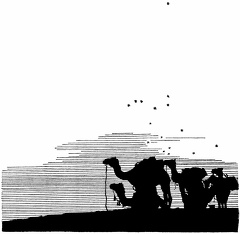 Camels
Camels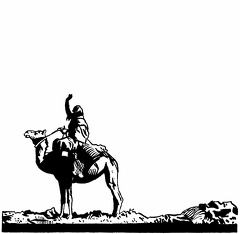 Camel and rider
Camel and rider Camel
Camel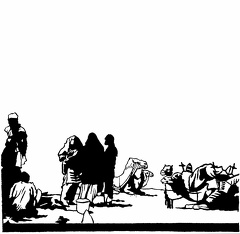 Camels resting
Camels resting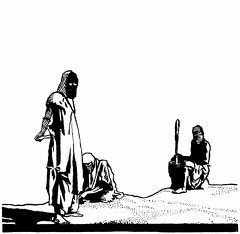 Arabs
Arabs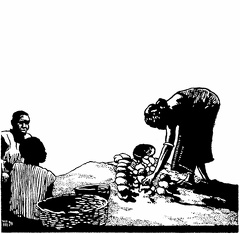 Africans working
Africans working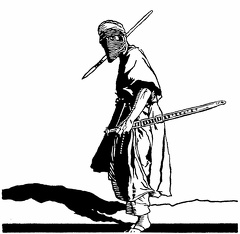 Arab warrior
Arab warrior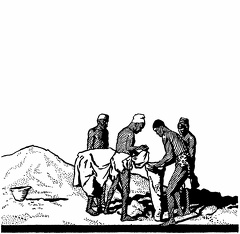 Africans Working 2
Africans Working 2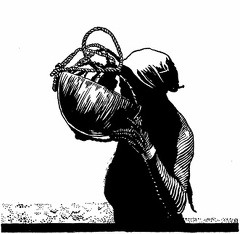 African drinking
African drinking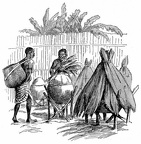 Grain Huts
Grain Huts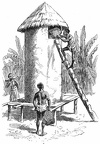 A Clay Grain Storehouse
A Clay Grain Storehouse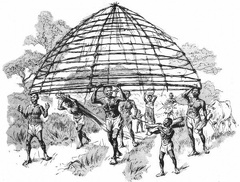 A Madi village being removed
A Madi village being removed native
native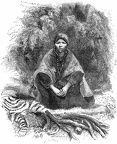 Woman of the Bosjes Race
Woman of the Bosjes Race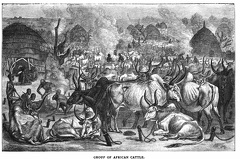 Group of African Cattle
Group of African Cattle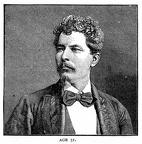 Henry Morton Stanley - Age 31
Henry Morton Stanley - Age 31 Henry Stanley - Age 26
Henry Stanley - Age 26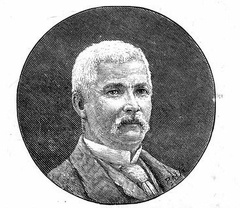 Henry Stanley - Age 50
Henry Stanley - Age 50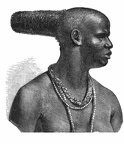 Horizontal Chignon
Horizontal Chignon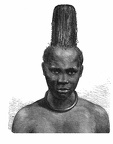 Vertical Chignon
Vertical Chignon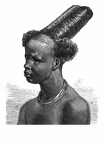 Oblique Chignon
Oblique Chignon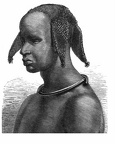 Male Head-dress
Male Head-dress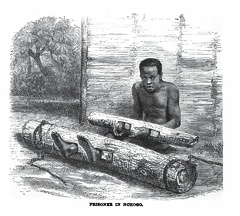 Prisoner in Nchogo
Prisoner in Nchogo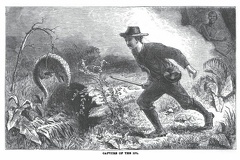 Capture of the Ipi
Capture of the Ipi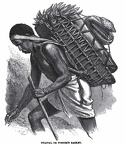 Otaitai, or Porter's Basket
Otaitai, or Porter's Basket Aardvark
Aardvark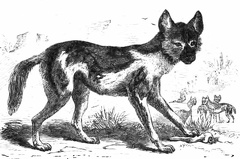 Painted Dog
Painted Dog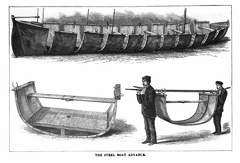 The Steel Boat 'Advance'
The Steel Boat 'Advance'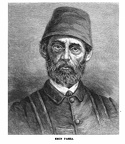 Emin Pasha
Emin Pasha Henry Morton Stanley
Henry Morton Stanley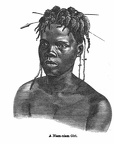 A Niam-niam girl
A Niam-niam girl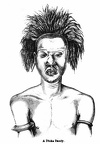 A Dinka Dandy
A Dinka Dandy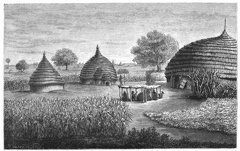 Dinka Village
Dinka Village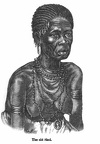 The Old Shol
The Old Shol A Niam-niam minstrel
A Niam-niam minstrel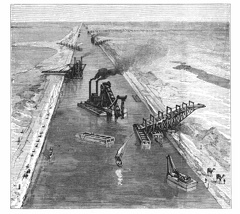 Dredges at work in the Suez Canal
Dredges at work in the Suez Canal Ferdinand de Lesseps
Ferdinand de Lesseps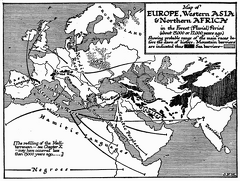 Map of Europe, Asia, Africa 15,000 Years Ago
Map of Europe, Asia, Africa 15,000 Years Ago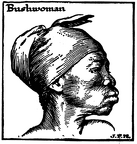 Bushwoman
Bushwoman Mount Kesa
Mount Kesa Member of the body-guard of the Sheikh of Bornou
Member of the body-guard of the Sheikh of Bornou Lancer of the army of the Sultan of Begharmi
Lancer of the army of the Sultan of Begharmi Ashantee warrior
Ashantee warrior A kafila of slaves
A kafila of slaves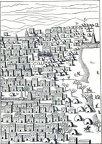 View of part of Timbuctoo
View of part of Timbuctoo Réné Caillié
Réné Caillié John Lewis Burckhardt
John Lewis Burckhardt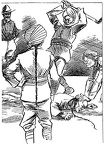 Laying on the punishment
Laying on the punishment Instead of flogging
Instead of flogging



